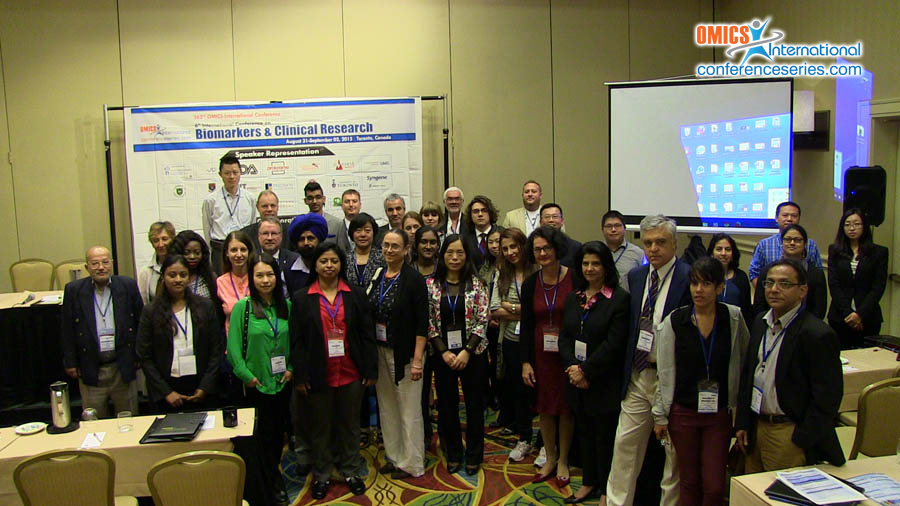
Pina J Trivedi
The Gujarat Cancer & Research Institute, India
Title: Clinical significance of cytogenetic biomarkers in acute myeloid leukemia: An Indian experience
Biography
Biography: Pina J Trivedi
Abstract
Acute myeloid leukemia (AML) is a heterogeneous group of disorder. Recurrent translocations t (15; 17), t (8; 21) and inv (16) have good prognosis and are recognized as a biomarker for prognostication in AML, whereas loss and gain of different chromosome segments play a vital role in leukemogenesis. The aim of the present study was to appraise the clinical significance of numerical and structural chromosomal abnormalities in AML patients. Bone marrow/peripheral blood lymphocytes of 321 AML patients were carried out by cytogenetics and FISH and Multicolour FISH as and when required. Out of 321 patients, trisomy 8 showed the highest prevalence (n=14) and found as sole, complex and secondary change. Along with most commonly observed recurrent chromosomal abnormalities, there were loss and gain of different chromosomes also observed. The loss of sex chromosome was observed in the highest frequency (n=20). Gain of whole chromosomes were; 8 (X23), 10 (X5), 19 (X7), 21 (X10), 22 (X6) and loss of X (X6), Y (X17). Frequent breakpoints in structural abnormalities were gain or loss of different chromosomes i.e., 1q (X8), 5q (X5), 8q (X4), 9q (X5), 11p (X5), 11q (X8), 17q (X9) and 22q (X 6). Study revealed that the gain of chromosomal material was observed much more often than loss. Loss of tumor-suppressor genes d might be involved in mechanism of leukemogenesis. Gain as numerical abnormalities may affect gene-dosage and may play a significant role in the pathogenesis of AML. Study highlights the clinical significance of cytogenetics as an independent prognostic biomarker in AML providing the allocation for a stratified treatment approach of the disease.


